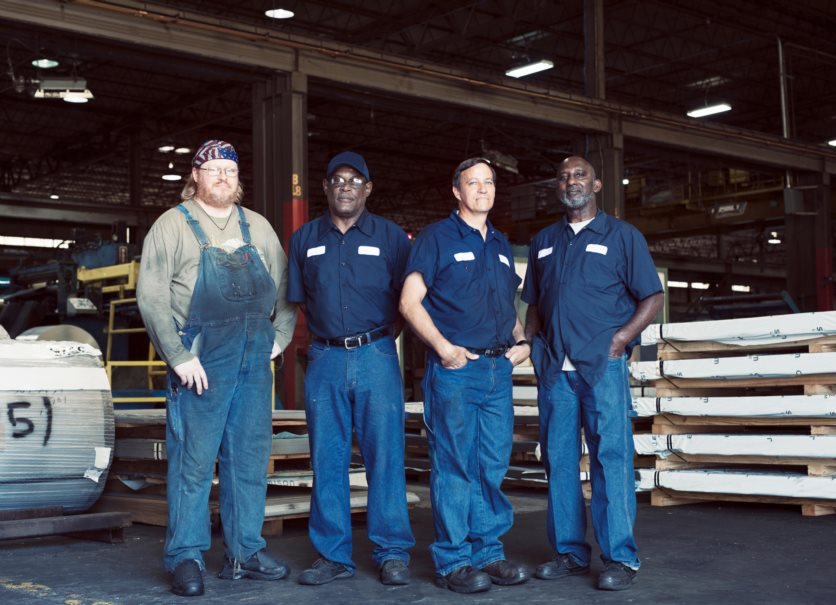One of the many advantages of reusable transport packaging is its design and build for safe handling. Reusable products can be made with ergonomic features, proper weight balance and durable properties to support safe lifting, carrying and loading activities without sacrificing protective packaging strength and performance. Interlocking capabilities lead to greater stacking effectiveness and unit load stability. And reusable packaging eliminates safety risks associated with box cutters and baling equipment that are used with disposable single-use boxes. Recognizing the worker safety profile of reusable packaging is fitting as America celebrates its Labor Day.
Labor Day honors workers and their contributions to enterprise, commerce and civil advancement. While the unofficial end of summer offers a longer weekend for some, and conversely longer working hours for others to meet popular shopping demands, the holiday’s origin had a different meaning when first commemorated under federal law in 1894. The height of the Industrial Revolution with average 12-hour workdays often in unsafe working conditions led to great unrest and protests, and the first Labor Day was enacted in effort to repair ties with American workers and labor unions. Incidentally, it was the Adamson Act in 1916 that established an eight-hour workday.
Much has changed this past century for the workforce, including laws, cultures and practices serving to establish safer working environments. Workplace safety not only ensures the health and welfare of workers but also maximizes their productivity. Great progress has been made, but even more can be done. According to the National Safety Council Injury Facts, work-related medically consulted injuries totaled 4.5 million in 2017, and total work injury costs were estimated at $161.5 billion.
Overexertion and bodily reaction, which are injuries “resulting from excessive physical effort directed at an outside source” and may involve lifting, pulling, pushing, holding and carrying activities, are the leading nonfatal injury events involving days away from work, representing 34% of all such injuries. In the business of “transportation and warehousing,” where transport packaging is commonly handled, this industry sector represents 12% or 295,830 incidents of the total overexertion and bodily reaction injuries. Certainly, packaging designed and built with safe handling characteristics can help to reduce these figures.
Today’s attention to workplace safety along with advancements in technology and automation will provide a safer working environment. Reusable packaging products can contribute to both safety and productivity objectives. As we celebrate the worker on Labor Day, we can also feel encouraged about how the future of transport packaging will provide more reason to salute.
Tim Debus
President & CEO
Reusable Packaging Association

